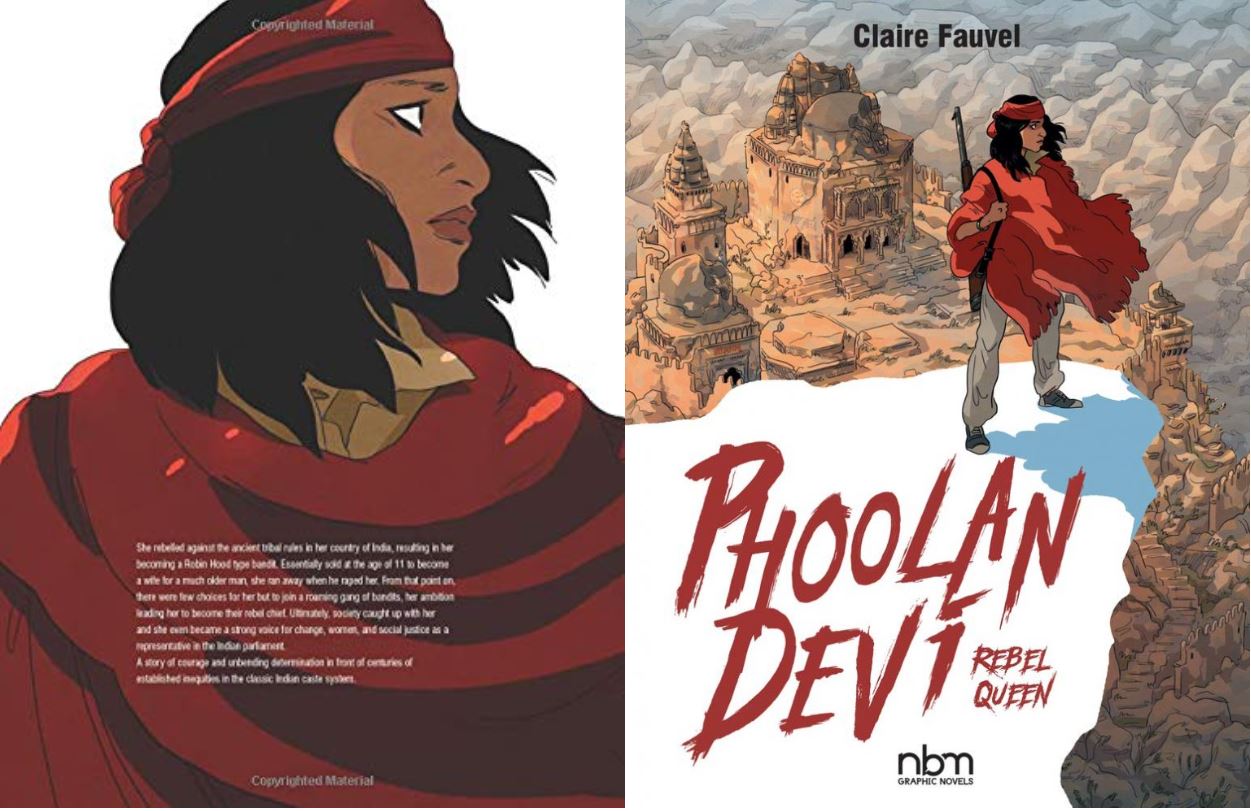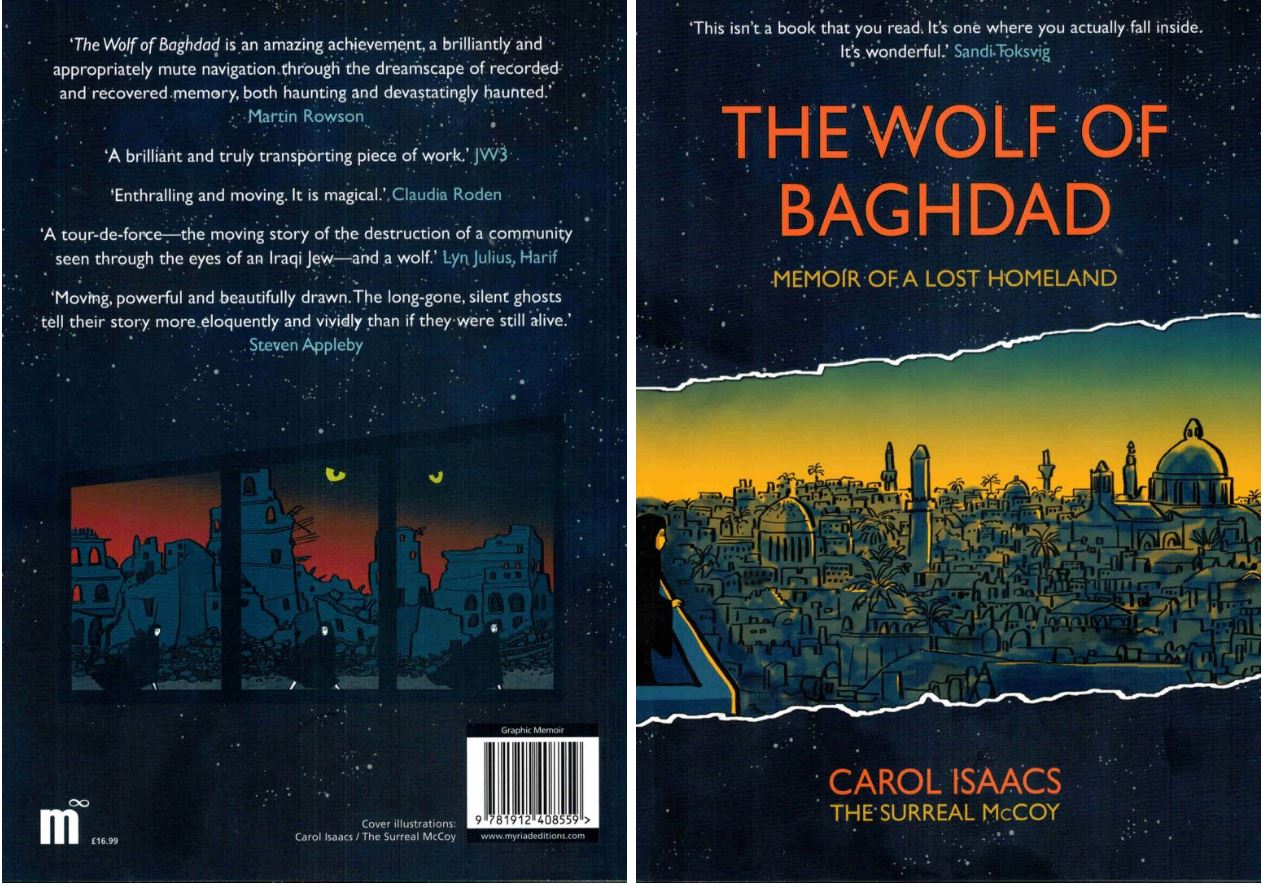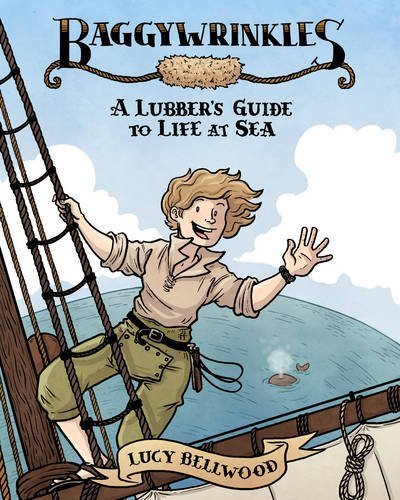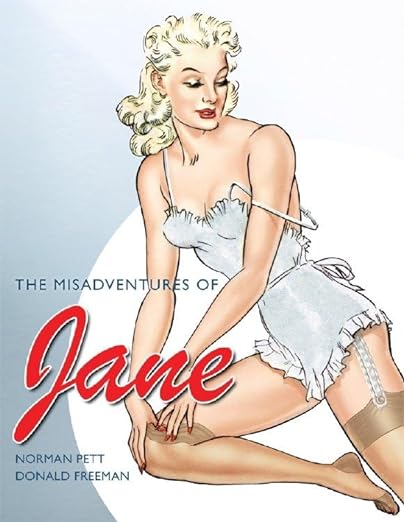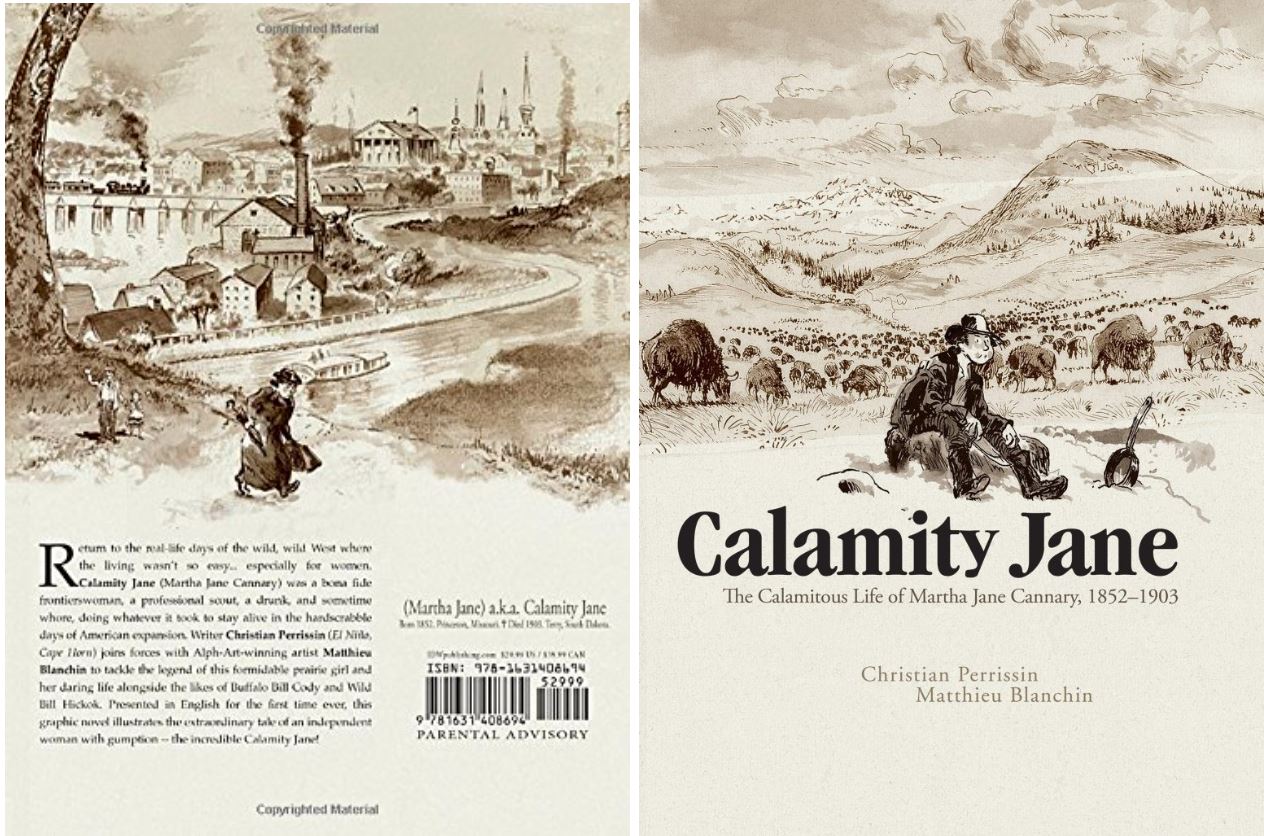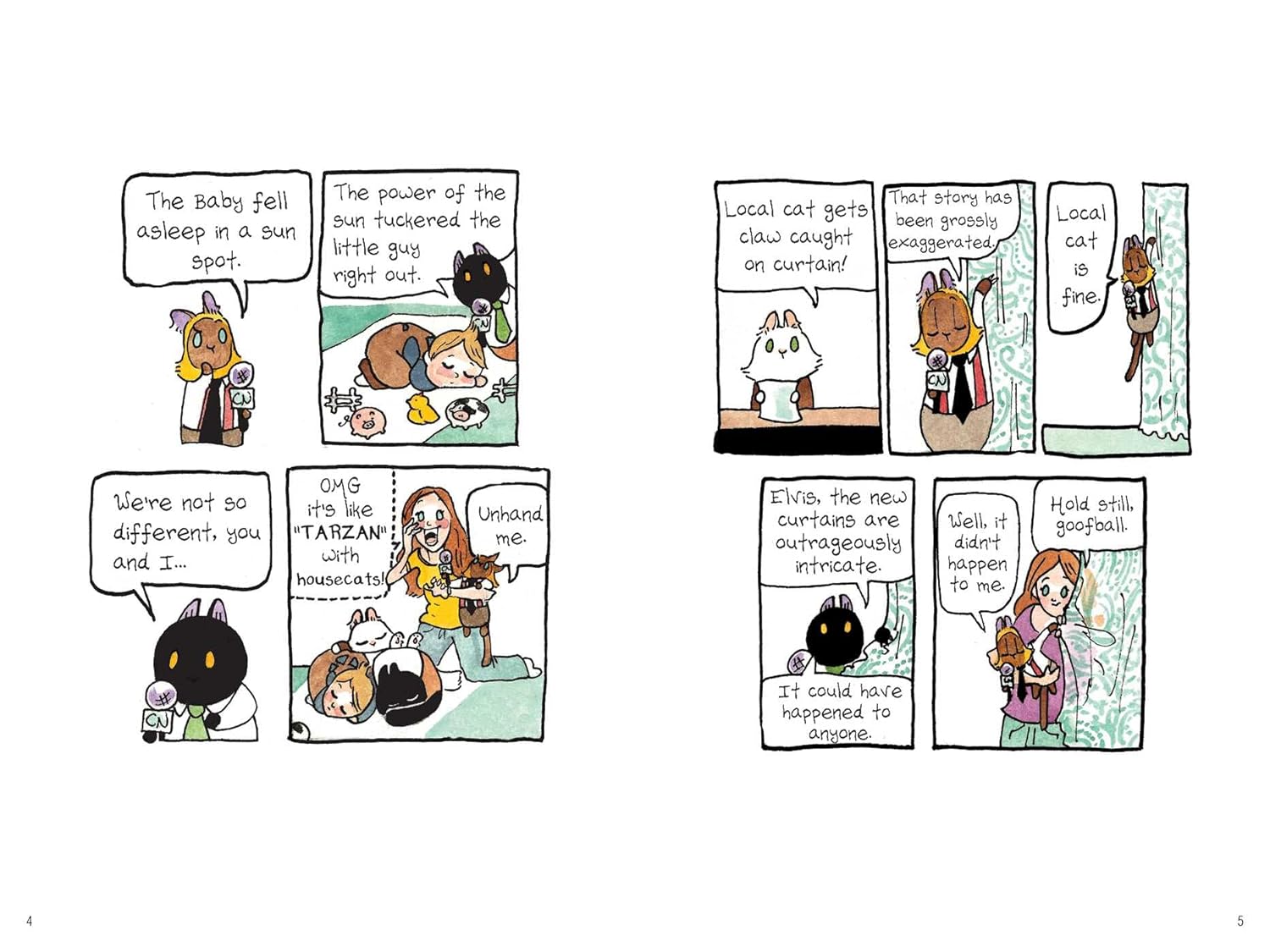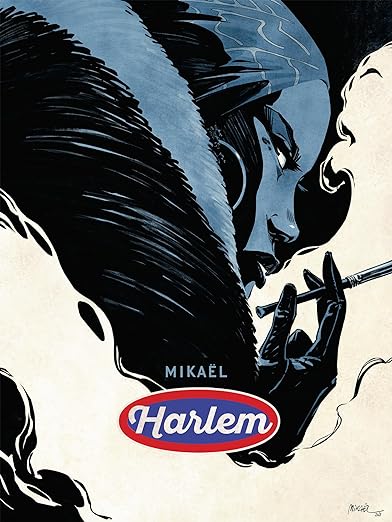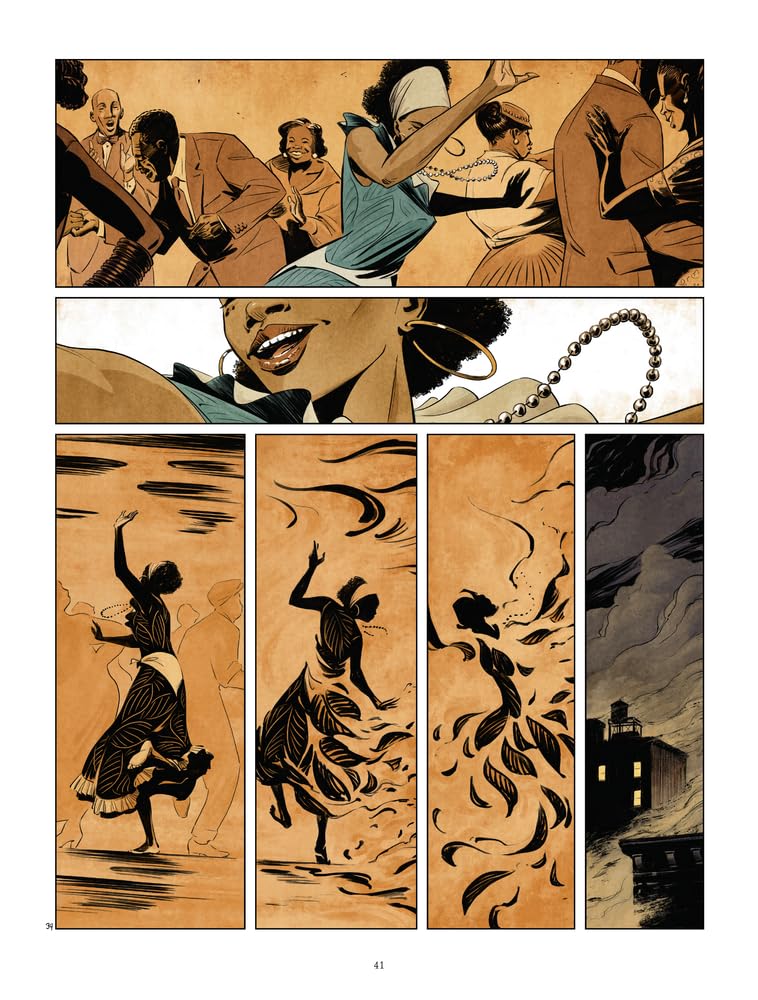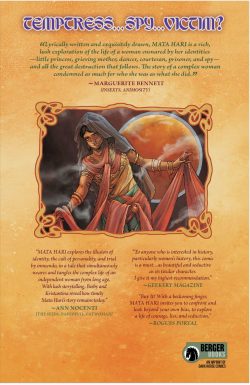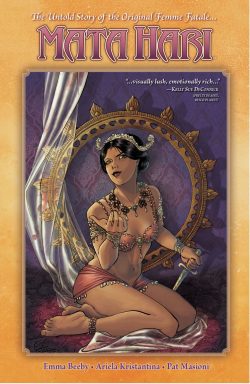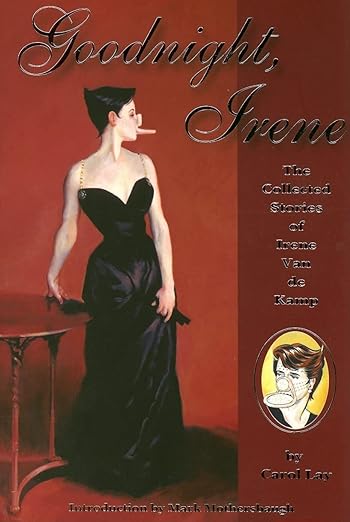
By Carol Lay (Last Gasp)
ISBN: 978-0-86719-659-7 (TPB)
During the creative boom of comics in the 1980s, a vast outpouring of material found its way onto the shelves, dealing with a variety of topics and genres in a number of styles. Much of it was excellent but when the boom became a bust lots of great strips died along with the trash – of which there was an incredible and some would say disproportionate amount. Also a casualty was the spirit of innovation and expectation…
Originally published by Fantagraphics (and later Rip-Off Press) Good Girls featured two series by professional and underground cartoonist Carol Lay. Along with the tribulations of Miss Lonely Hearts – an agony aunt of sorts – was the ongoing ever more complex unfolding saga of a lost baby heiress (“Richest Woman in the World”) raised by “African Tribesmen” who practised female ritual disfigurement. Eventually the adult Irene Van de Kamp was returned to modern western society, where even her billions could not buy her acceptance and peace of mind.
Born 1952 in Whittier, Carol Lay grew up a California girl and from 1970 studied at UCLA, where amongst many revelations including “sex, drugs and Frank Zappa” she had her first encounter with graphic narrative in the form of Zap Comix. Graduating with a Fine Arts degree, she began making her own “underground commix”, which appeared in Last Gasp and Rip Off Press titles and later through Kitchen Sink Press and Fantagraphics.
That never made her rich but at least loads of advertising and commercial art jobs kept wolves from the door – as she secured a growing succession of commissions in the straight strip world for companies like Warren, Western Publishing, Eclipse, Marvel and DC Comics where she co-wrote and drew The Oz-Wonderland War. Lay graduated to newspaper strips and in 1992 created Story Minute (latterly Way Lay) for LA Weekly, progressive web site Salon.com and for international syndication. She has since written Wonder Woman novels, created storyboards and designs for film and the music industry and worked for The Village Voice, Entertainment Weekly, The New York Times, The New Yorker, Mad Magazine and more. In 2010 she began a semi-regular gig drawing The Simpsons for Bongo Comics.
Back to Irene and this cruelly out-of-print treasure. To Western eyes the rescued heiress is truly hideous. It is to the credit of the character that she endures cheerfully, eschewing any kind of corrective surgery or procedures. By her own deeply held aesthetic lights, she is beautiful and wants to remain that way.
Using the art tropes and narrative style of traditional romance comics as a vehicle, Lay examined social mores and aesthetic taboos, and especially the power of conformity to affect the most primal of emotions – Love and Desire …with a huge side order of Greed. Don’t let my pomposity fool you, though. This is a romance, and a daring, funny charming one at that.
Her skill as artist and storyteller in relating the picaresque tribulations are subtly subversive, and you will soon lose any reservations you might initially have been inflicted with. This is a landmark experiment and a wonderful example of grow-up comic literature. The initial series never reached a conclusion, and this volume also contains all-new episodes that concluded the saga of the beautiful, irrepressible and indomitable Irene after adverse publishing conditions killed Good Girls before its time.
© 2007 Carol Lay. All Rights Reserved.

